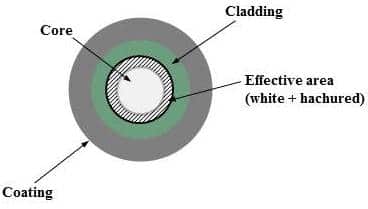As an undergraduate student, one of the first experiments I did was staining chromosomes in mitotically active onion root tip cells. The stains that are conventionally used for this purpose are acetocarmine or aceto-orcein (which smell like vinegar). However, the cost of these stains is quite high. Personally, I find safranin, which is another stain, more flexible and more cost effective than either of these stain—especially for staining root tip cells for chromosome visualization under a light microscope
Safranin is a basic stain that easily stains nucleic acids inside a cell. As with many stains, the choice of substrate matters a lot. For example, when staining root tip cells, the roots should not be too old (meaning, avoid taking the tips of roots that are too long).
Initial Steps:
- Make sure the slides and coverslips you use are clean.
- Carefully, take the tip of a root using a scalpel (don’t cut your finger, otherwise you will also see red blood cells along with chromosomes).
- Now, add enough drops of 1 N HCl on a slide to cover the root tip and wait for about 45 seconds.
- Next, remove the excess HCl, unleash the Hulk in you and squash the root tip on the slide by pressing with a coverslip.
Staining
- You have to visually estimate the concentration of the stain you have. Put a few drops of stain on a watch glass and examine it.
- Does it seem black/maroon? The stain should resemble pomegranate juice. If it looks too strong, then use water to dilute the stain accordingly.
- Next, cover the squashed root tip with a few drops of the stain and let it stand for a minute or two.
- Finally, use tissue paper to remove the excess stain.
Now, just check out your newly stained root tip under the microscope! You should see the chromosomes starting from 400X net magnification. From there, you can move to higher magnification powers and couple it with oil immersion to get better results.
Need help with troubleshooting? You can solve over- and under- staining by changing the stain dilution and the time you incubate your sample in the stain.
Need further help? Leave us a message in the comments!





